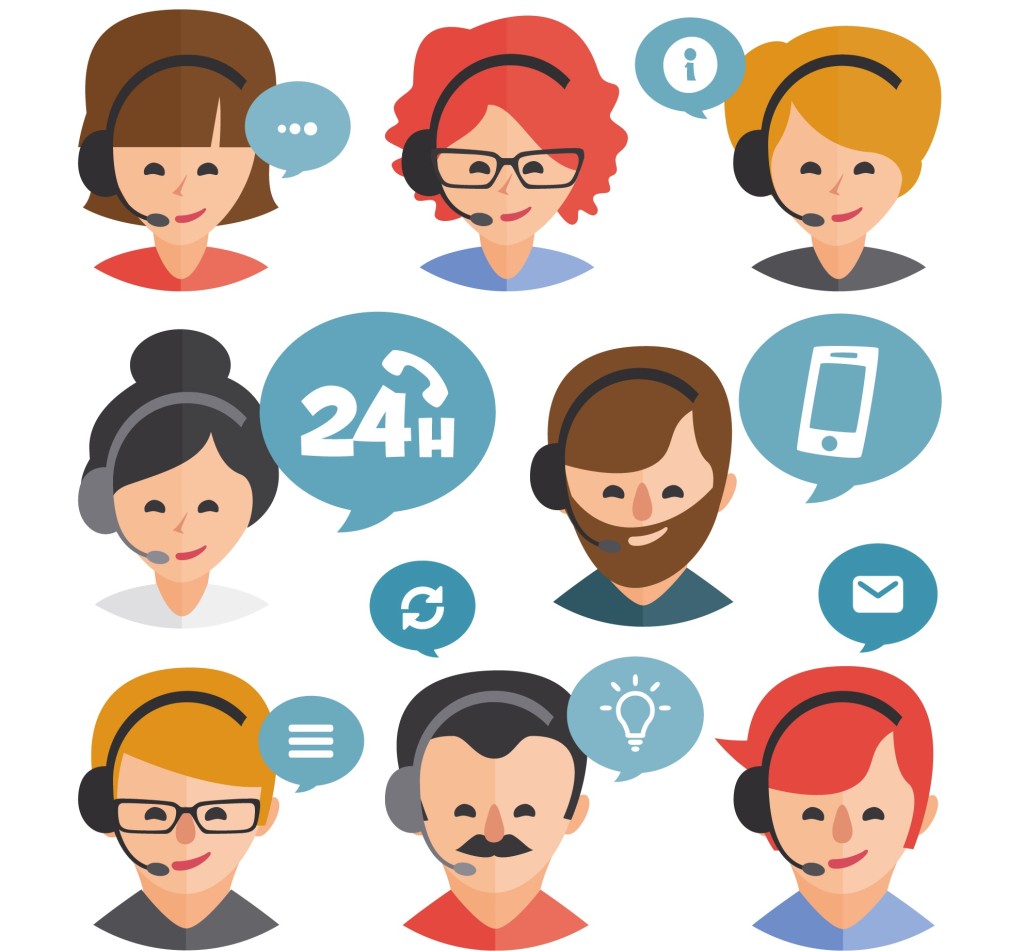Your company may have thousands of different customers, but only a few different types of customers. Each one of these types is a “persona” — a highly-stylized description of a typical customer. Once you have created these personas, it’s possible to use them as an effective part of your overall B2B marketing mix. Here are just a few examples of why they are so useful.
#1: Map out the different customer journeys
First and most importantly, you can use these personas to map out different customer journeys. Each persona takes a different path to buying your products, so if you have 5 different personas, you might have five different customer journeys. And, even if these personas follow approximately the same journeys, it’s quite likely that they will enter the journey at different points.
Once you’ve mapped out the journeys, that’s when you can start to see how each journey can be optimized for each specific persona. For example, some B2B buyers may do all of their research about products online. They may hang out on LinkedIn to hear what the experts are saying about different solutions. And they might prefer watching videos to reading long, complex white papers. Now contrast that to another type of persona who might not feel comfortable using LinkedIn, and might prefer traditional forms of content – like case studies and white papers.
Obviously, you would need to construct two different customer journeys to match the needs, habits and preferences of these two different personas. One journey might focus almost entirely on the online experience, while another journey would focus on the offline experience (including trade shows, exhibitions and conferences).
#2: Get the marketing and sales teams to coordinate their activities
Personas are also useful in getting the sales and marketing teams to talk to each other and share information about what’s working. The persona is a starting point for the sales team and the marketing team to discuss specific approaches, tactics or strategies that might be more effective than the ones currently being used. Thus, you can think of the personas as being a useful way to make collaboration between sales and marketing more productive.
#3: Personalize new marketing collateral
While you might have certain concepts and ideas that appear within all of your marketing collateral, you’re going to need to personalize that content for the needs of each persona. For example, if one persona is an executive from a healthcare company, and another persona is an executive from a technology company, you’re going to need to create marketing collateral that “speaks the language” of that persona. That’s why case studies, e-books, and white papers can be so effective if they are personalized for certain industries or sectors.
In short, the hard work that goes into creating personas can be leveraged very effectively as part of a broad, overarching marketing strategy. Not all prospects that go into a sales funnel are the same, and that’s something that the process of creating and then using personas recognizes.
IMAGE: Designed by Freepik

